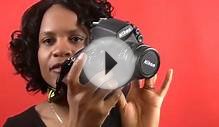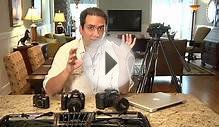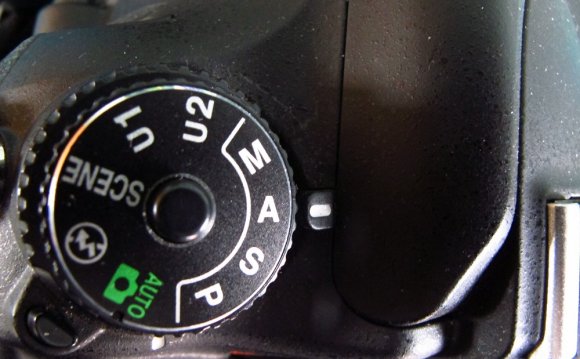
 Are your pictures coming out with lots of white space? Are objects in your pictures being devoured by bright lights? Your pictures may be overexposed. Read on to find the cure.
Are your pictures coming out with lots of white space? Are objects in your pictures being devoured by bright lights? Your pictures may be overexposed. Read on to find the cure.
What Is Exposure?
As a photographer you have ultimate control over how much light is actually allowed to hit the sensor when the shutter opens. You can control the amount of light being exposed to the camera sensor by changing your setting, by changing your setting and by changing your . These three settings (and how they are used together) create your exposure setting.
 If parts of your picture are being blown out by white light (meaning that something seems to disappear into the white) you have overexposed for the picture or at least the part of the picture that is blown out or overexposed. Areas in your picture that are overexposed have no data. No amount of post-processing will get that cloud back if it is overexposed. This is why it is important to not overexpose your image. An overexposed area of your picture means that you did not record everything in your composition.
If parts of your picture are being blown out by white light (meaning that something seems to disappear into the white) you have overexposed for the picture or at least the part of the picture that is blown out or overexposed. Areas in your picture that are overexposed have no data. No amount of post-processing will get that cloud back if it is overexposed. This is why it is important to not overexpose your image. An overexposed area of your picture means that you did not record everything in your composition.
 To get rid of all that blown out white space and to keep items within your composition from disappearing into the white, you can change your exposure settings by decreasing your ISO, stopping down (narrowing) your aperture (changing your f/stop to a higher number), and you can use a faster shutter speed.
To get rid of all that blown out white space and to keep items within your composition from disappearing into the white, you can change your exposure settings by decreasing your ISO, stopping down (narrowing) your aperture (changing your f/stop to a higher number), and you can use a faster shutter speed.
Adjust Your Aperture
To decrease the amount of light being exposed to the camera sensor you can stop down (narrow) your aperture setting. To "stop down" means to increase the f number in your aperture setting.
If you are having overexposure issues try changing your aperture to a higher f/stop number. This will close the aperture on the lens and that will prevent some light from coming through the lens and onto the camera sensor.
To help decrease the amount of light being exposed to the camera sensor, you can increase the shutter speed or decrease the ISO if you don’t want to (or can’t) set your aperture higher.
Adjust Your Shutter Speed
When you increase your shutter speed you shorten the amount of time that the shutter is actually open. For example, a shutter speed of 1/60th of a second allows the shutter to remain open longer (allowing in more light) than a shutter speed of 1/2500th of a second. Using a faster shutter speed will decrease the amount of light that hits the sensor and as a result you will get a darker picture.

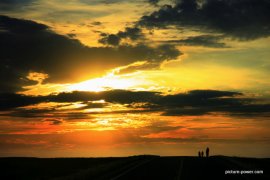
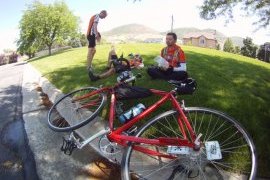
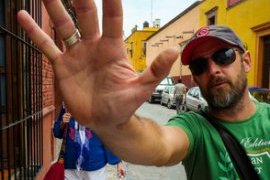
YOU MIGHT ALSO LIKE
